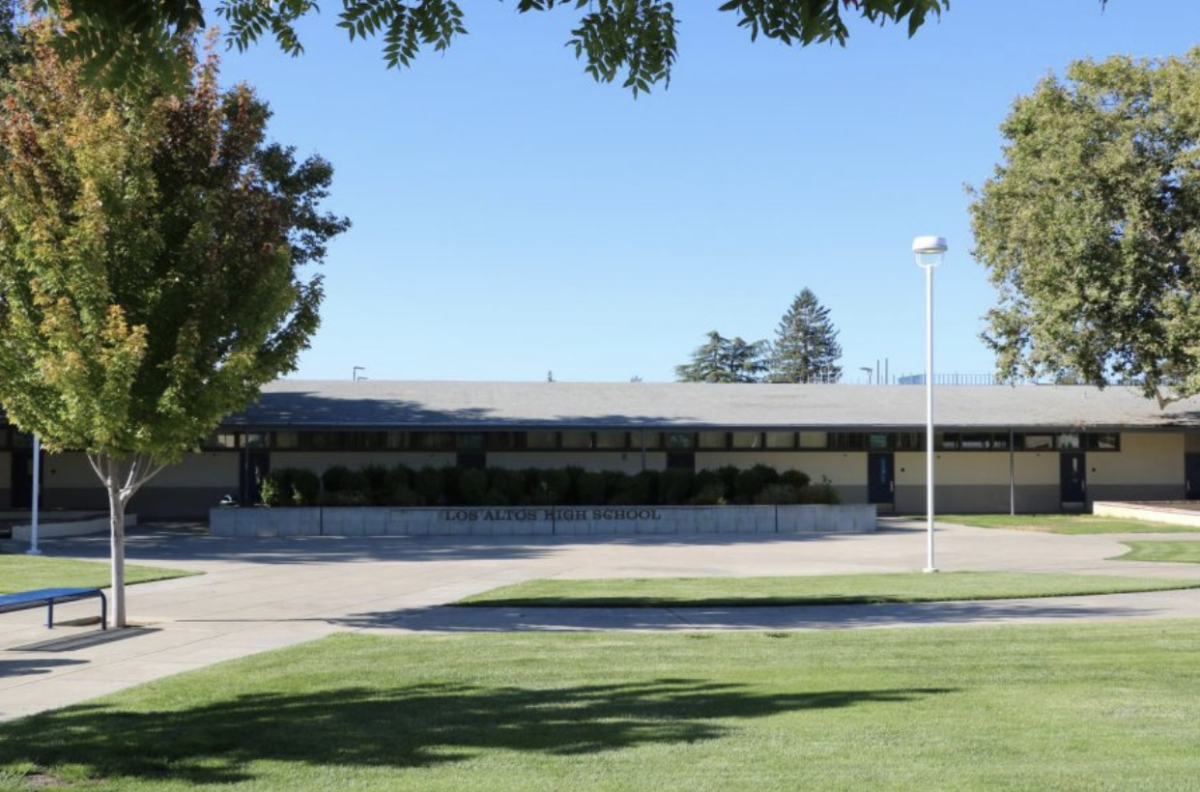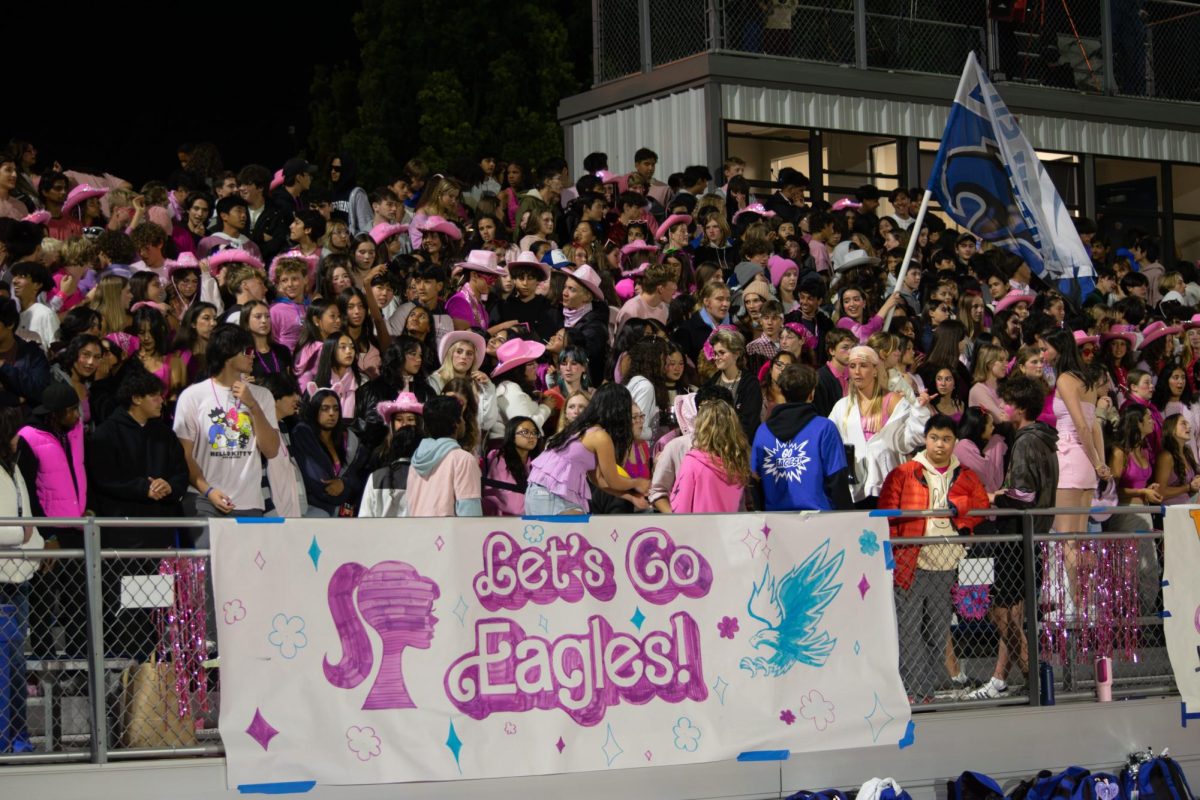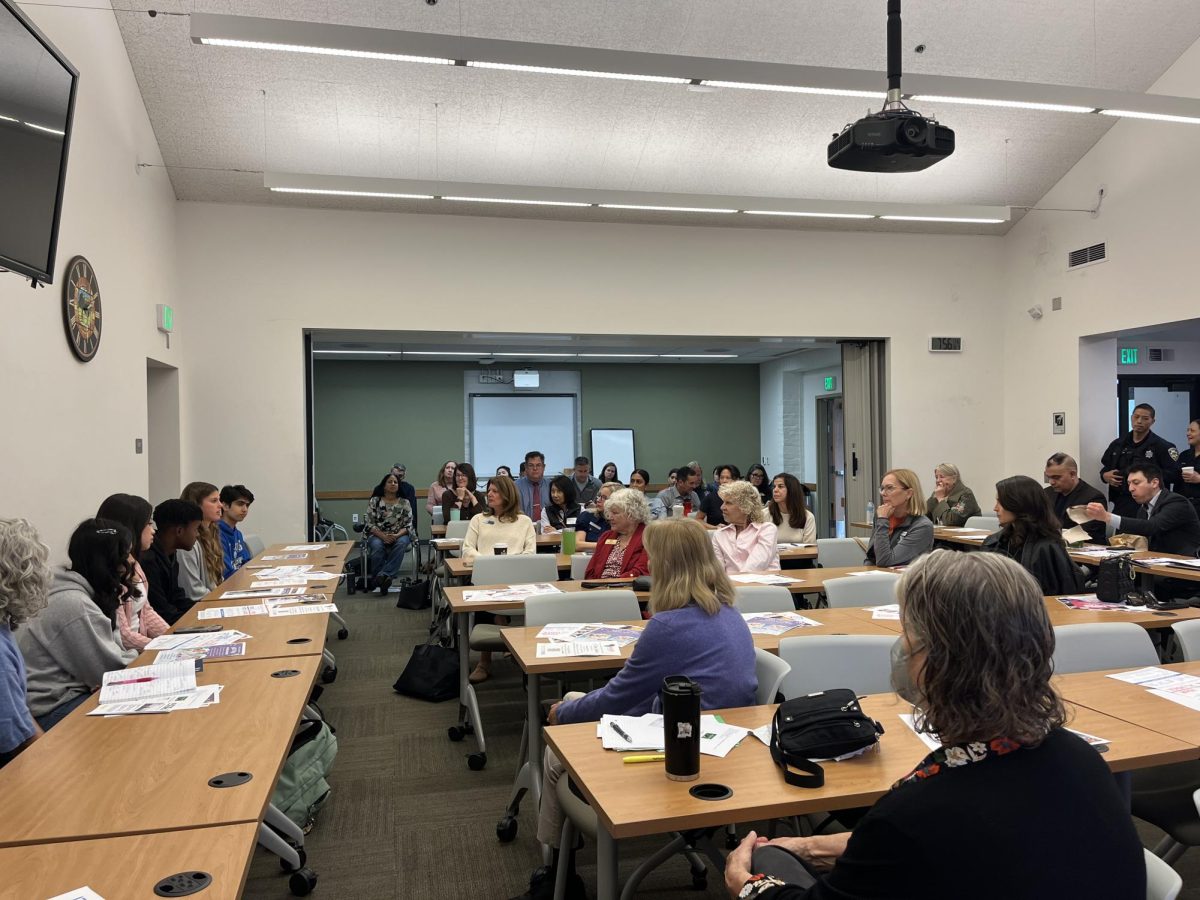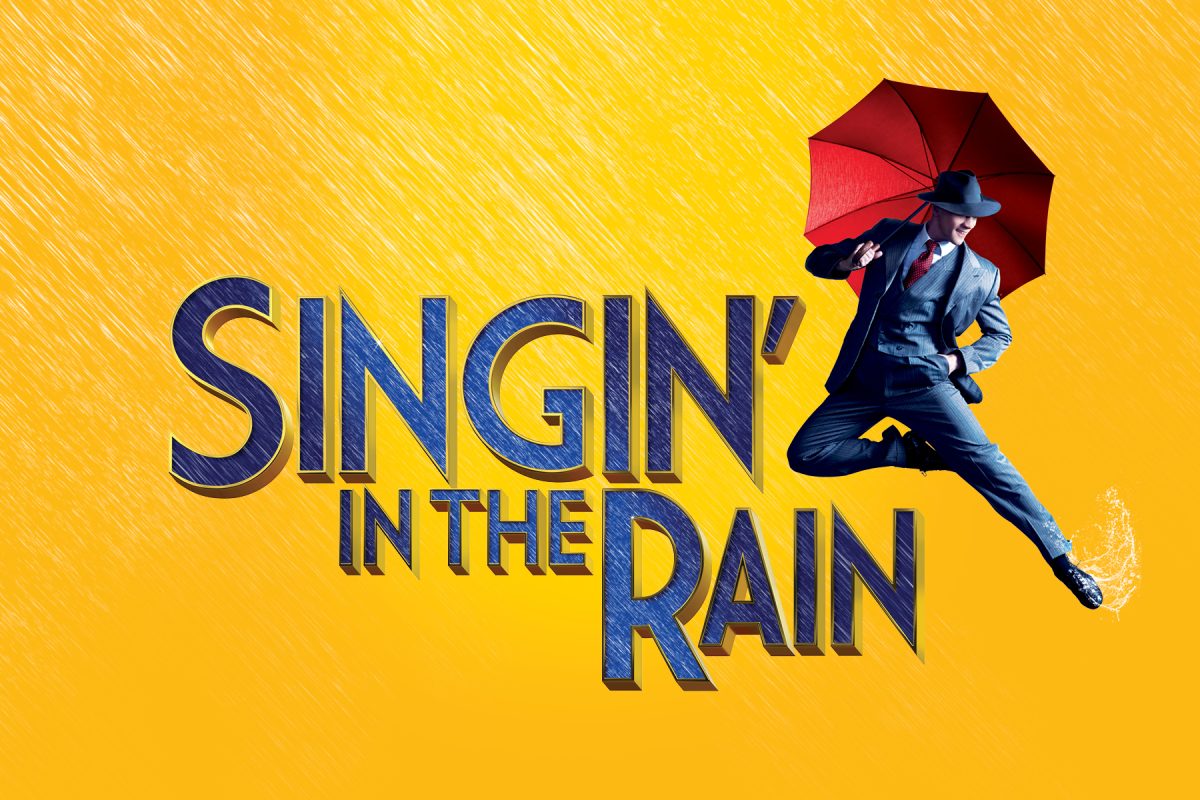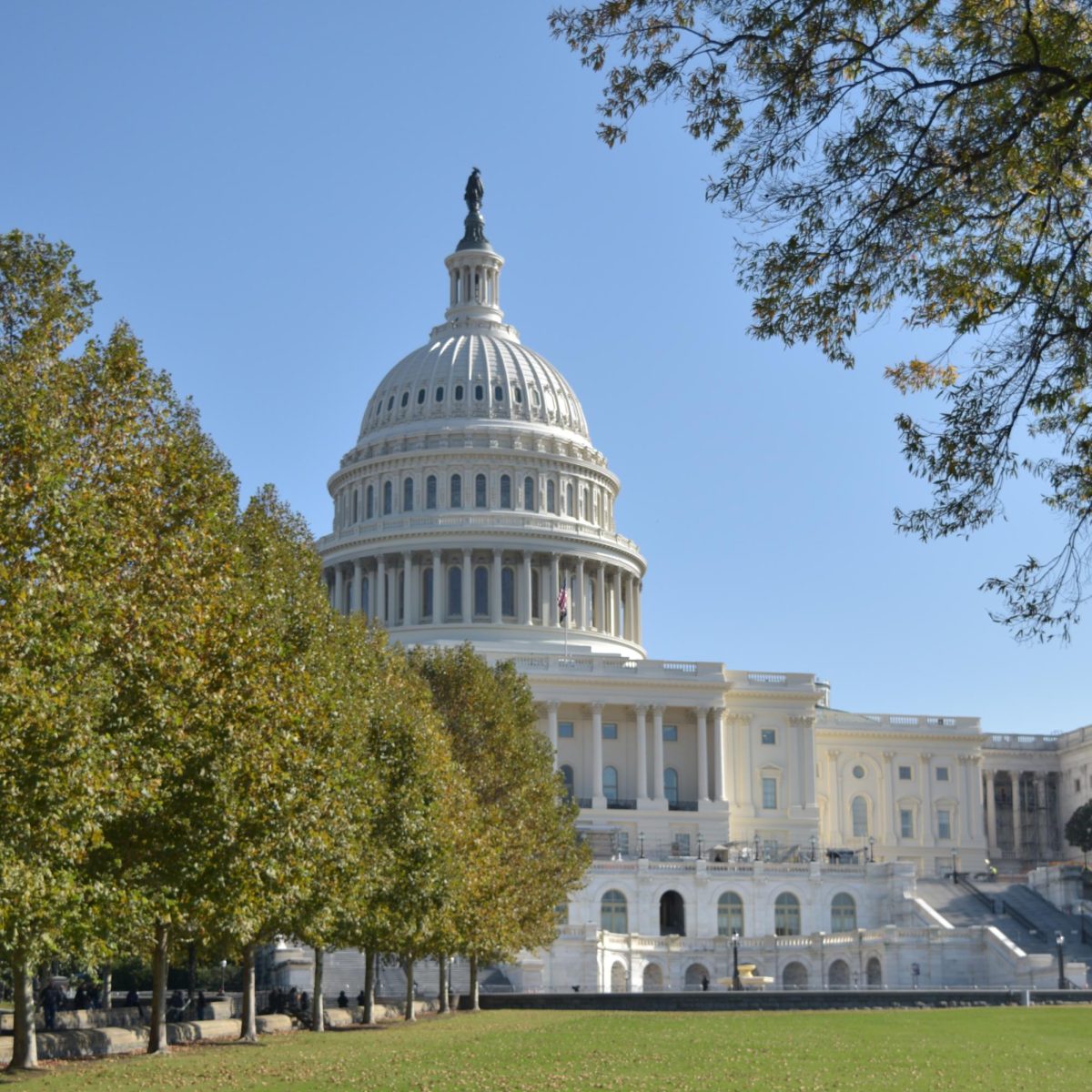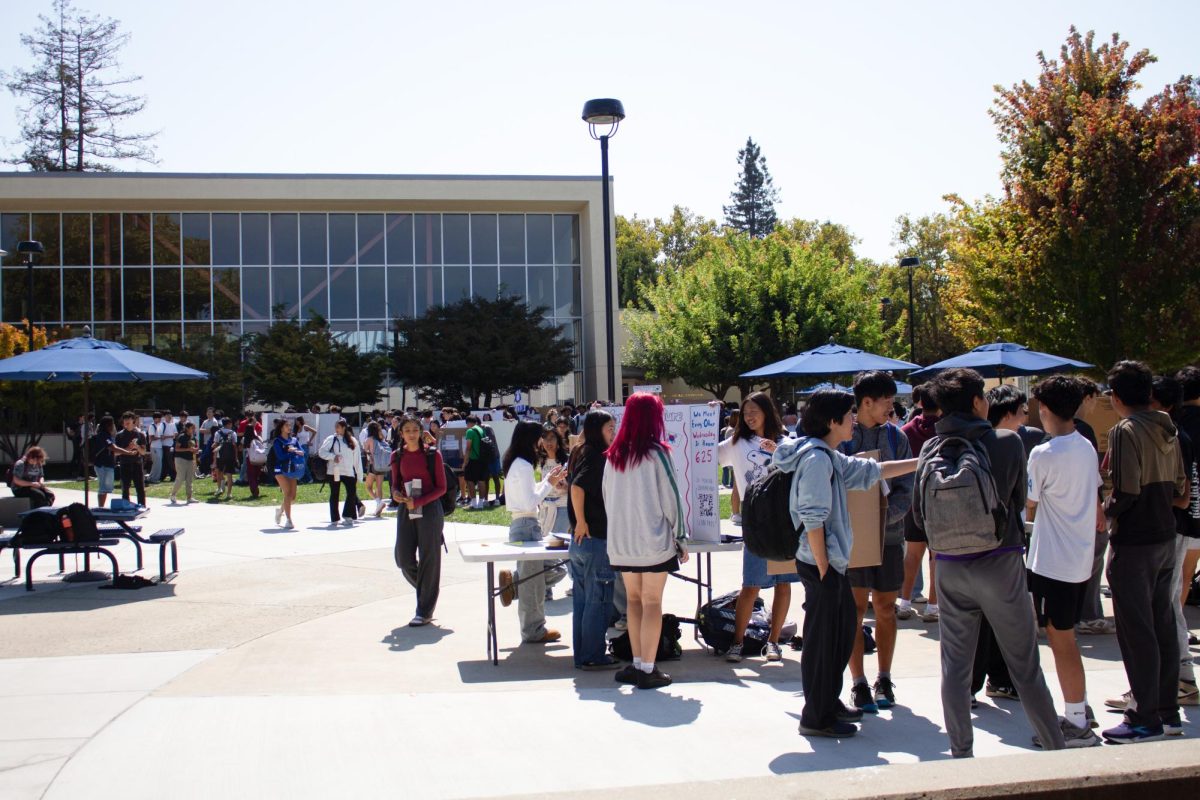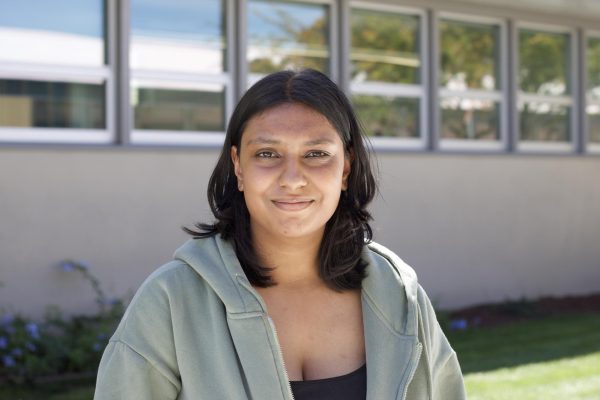This April, when you opened up the google form to vote for your student body, did you wonder why you had to rank all the candidates?
At Los Altos High School, the Associated Student Body (ASB) utilizes a system called ranked choice voting for class and ASB elections. Freshman, sophomores and juniors have the opportunity to run for positions in student government, which uses the new system to try and make fairer elections.
Through a google form that ASB sends out to the student body, voters are asked to rank the candidates for each position from most preferred to least. Unless there is a clear majority, the votes of the least preferred candidate are redistributed; students whose first choice was that candidate will have their vote go to their second top choice. The process will repeat itself until there are only two candidates. When that happens the candidate with the most votes will win.
“This is the way a lot of elections are starting to be run,” ASB adviser Jillian Bellamy said. “It’s the best way to make sure everyone’s votes really count, the only real downside is logistically calculating the votes.”
In order to process the results, ASB works with Chris Roth, former outreach coordinator for California ranked Choice Voting Coalition and the Santa Clara County’s Citizens’ Advisory Commission on Elections. Roth helped set up the google form, and provided resources for Bellamy to tabulate the results.
“To visualize it better, imagine if there is an election with Luke Skywalker, Leia and Darth Vader, and each candidate gets almost a third of the vote,” Bellamy said. “If Darth Vader gets slightly more votes he wins, even though people would probably be happier if one of the other two options won, even if it wasn’t their number one choice.”
For political elections, critics of simple majority voting say that it ignores the desires of most people, as politicians can still win by appealing to a smaller, specific group. In contrast, they argue that ranked voting ensures that winning candidates appeal to as many voters as possible, allowing for increased diversity, and encourages positive campaigns.
Ranked voting is becoming increasingly popular in the United States. It is already used statewide in Alaska and Maine, as well as in several counties across the country. This system is also used by military and overseas voters from Alabama, Arkansas, Mississippi, Louisiana, Georgia and South Carolina.
In 2018, the mayor of San Francisco was determined by rank choice voting. This graph illustrates the election. The first two passes, 0 and 1, are not included as they contained candidates who received no votes.
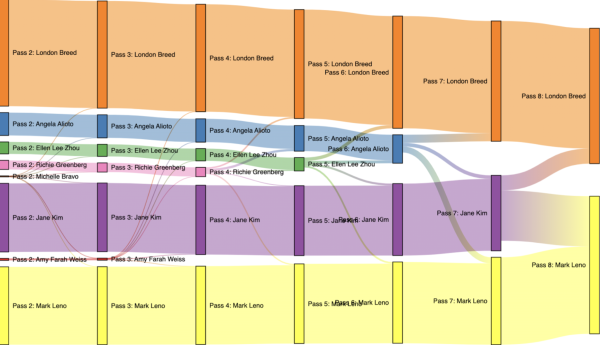
Source ObservableHQ
“A lot of times the way to get political change starts at places like high schools,” said Bellamy. “Even if it is just for a school election, using this system really does have an impact.”



